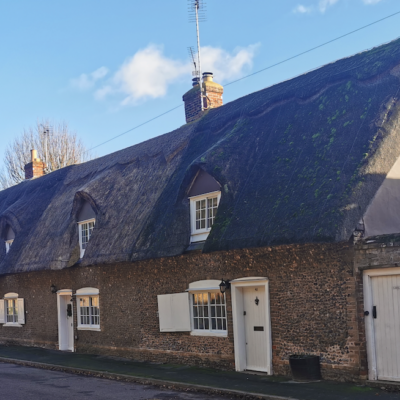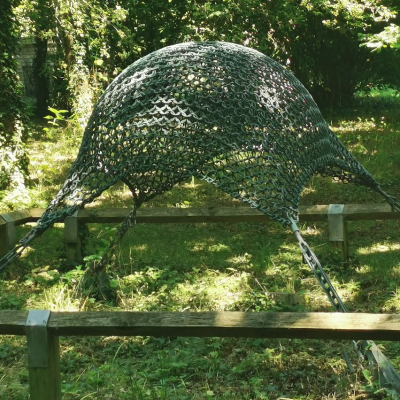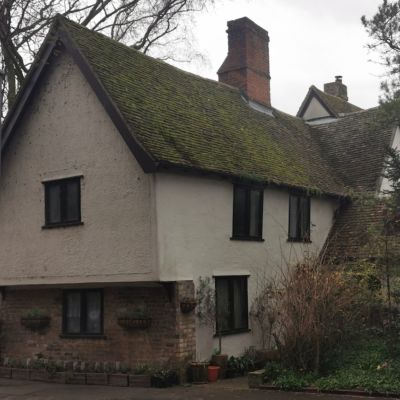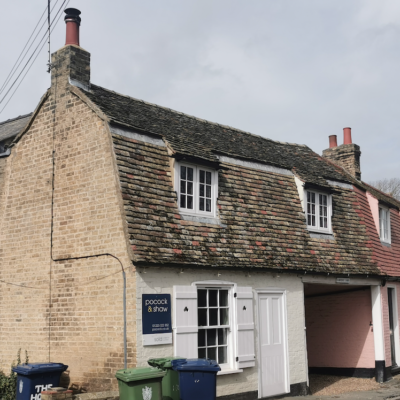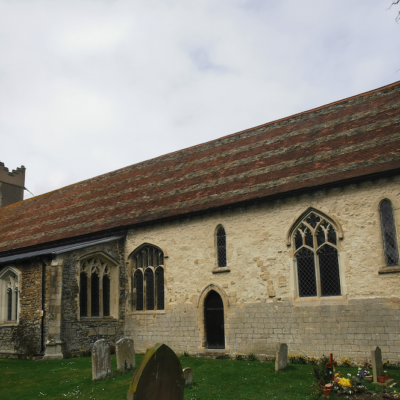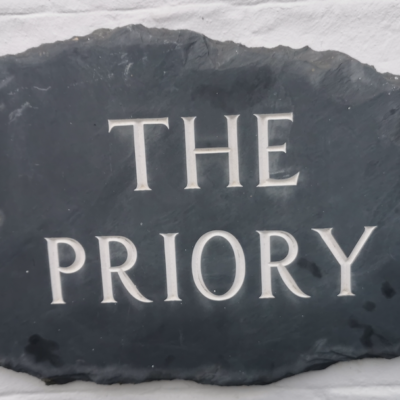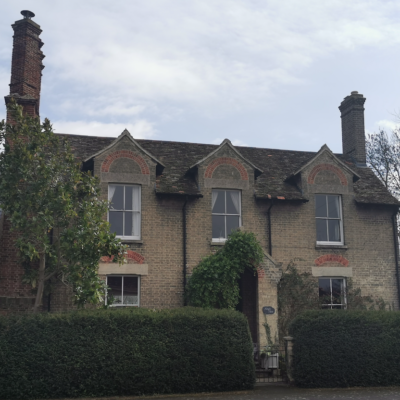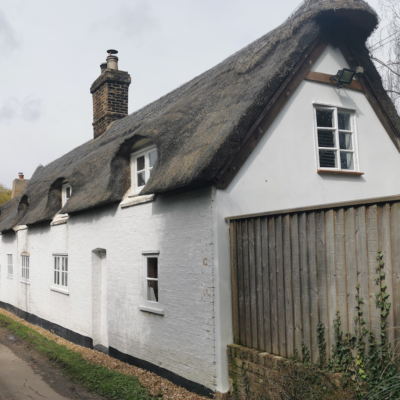Search by topic
- archaeology
- architecture
- bricklayer
- Building of Local Interest
- carpenter
- church
- crime
- dressmaker
- fire
- Great Eastern Railway
- listed building
- medieval
- oral history
- Public House
- Rattee & Kett
- Religious House
- Roman
- scholar
- school
- Then and Now
- tudor
- women
- work
- world war one
- world war two
Search by text
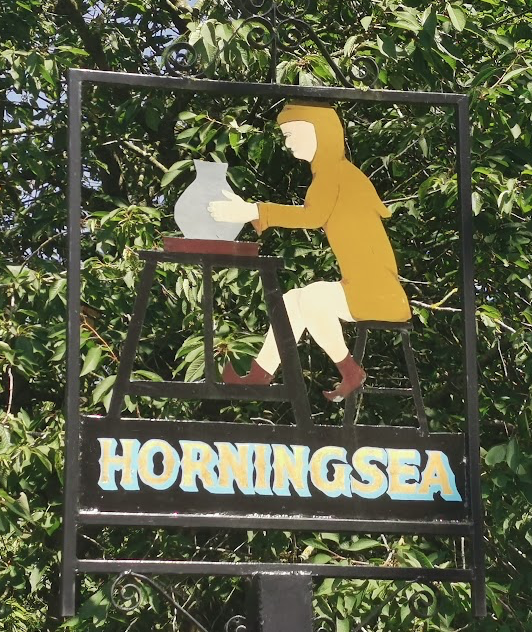 Horningsea village sign (RGL2024)
Horningsea village sign (RGL2024)Horningsea Kilns
History of the Horningsea Kilns
Scheduled monument
In 2024 the BBC article ‘Beer and salt among Roman ‘mega-industries’ commented:
Goods like olive oil and wine were imported to Britain using large ceramic jars known as amphora, but Romano-Britons “produced their own big jars which could rival this pottery”, said Mr Biddulph.
A 2021 excavation at Horningsea, next to the River Cam in Cambridgeshire, revealed it was a major pottery production area.
Mr Biddulph said: “Its most distinctive aspect was the production of very large jars.
“These may have been a specialist line, but it is unclear whether they were associated with a specific commodity, as transport containers, perhaps for flour, or whether they were simply a particularly successful form of all-purpose storage jar.”
What he does believe is the pottery was producing the jars were most likely to have been used in the vicinity, unlike the imported amphora.
https://romanpotterystudy.org.uk/wp-content/uploads/2015/10/JRPS-4-Booth-Evans-33-43.pdf
Contribute
Do you have any information about the people or places in this article? If so, then please let us know using the Contact page or by emailing capturingcambridge@
License
This work is licensed under CC BY-NC-SA 4.0









